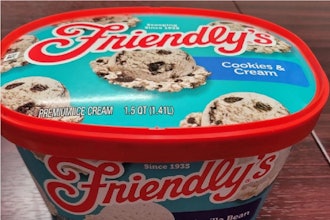If you’re in charge of designing a new $5 million packaging line that includes a rotary powder filler, are you simply going to pick one out of a catalog that would seem to work?
Of course, you could, but that option carries tremendous risk to your company in not meeting production goals. Specifying the wrong filler on a $5 million packaging line means you have a $5 million blunder on your hands — and that’s not good for anyone.
The right way is to establish communication with a vendor — and exchange ideas, information, goals and objectives — and let their expertise drive the specifying process to a filling system that ultimately is going to deliver the desired performance and meet your expectations. In reality, there’s no other way to go about this.
To help gain a complete understanding of your application, we start with a four-step methodology that we call Application Driven Machine Sizing:
Product Initial Assessment — In this first step, we analyze the product flow characteristics and requirements, and establish a baseline. For example, is the product free-flowing? What is the density? The goal here is to use various analytical tools to gain as much information as possible on the product itself, which will direct the overall design of the machine.
Container Initial Assessment — We use a parametric CAD-based model layout to examine the container, its size and the diameter of the opening, and how it will react throughout the filling process. Critical attention is given to how the container is introduced to the filling system and how it moves at all transition points and elevations.
Experience Evaluation — The application engineering team combines these product and container assessments for a more thorough machine size determination. To verify settling time, further product testing is performed over an appropriate vibration stand using a simple funnel that is based on the container assessment. The engineering team then makes any additional adjustments as needed.
Application Driven Design — At this point if all of the criteria are met, an appropriate filler size can be determined and a final layout drawing created, taking into account these parameter:
- Flow sizing calculations
- Physical sizing layout/s
- Product testing for vibration and settling
- Sizing of the tooling
- How much time is required to actually fill the container?
- How much time under each pocket?
- Number of augers required
So, as you can see, it takes several detailed steps for us to identify and correctly size the type of filler needed for your application. Your requirements should never be compromised to fit a pre-existing catalog selection, otherwise you may just end up with an expensive mistake that’s going to cost a lot to fix.
Cezary Mroz is the chief applications and innovation engineer at Spee-Dee Packaging Machinery (www.spee-dee.com). He can be reached at [email protected]





















